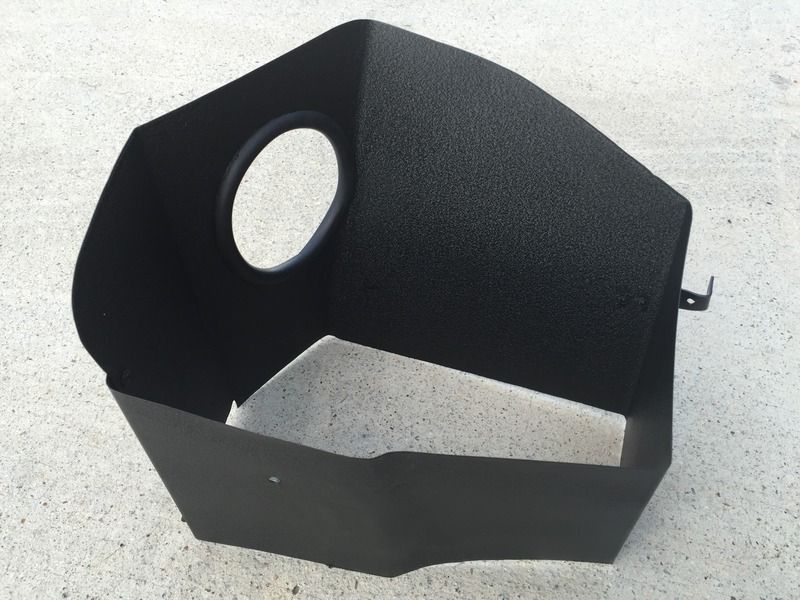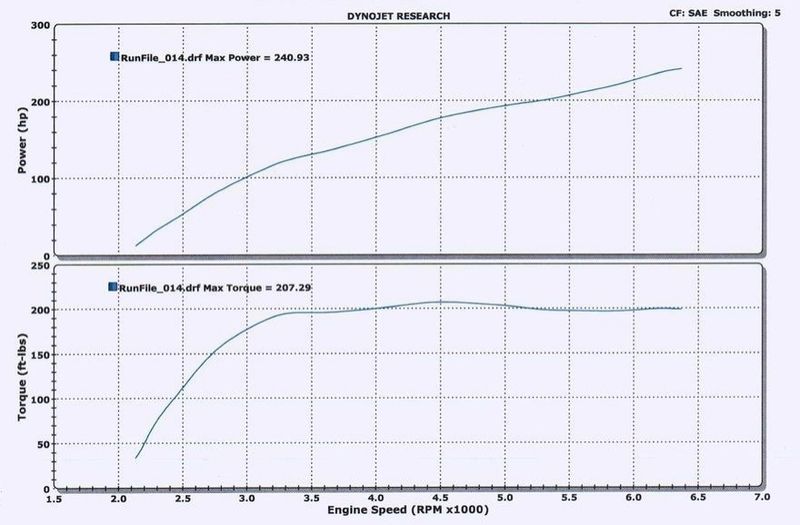I have made a CAI system for our cars! The pictures below are "prototype" phase and not the final product. The final product will have weather stripping across the top of the heat shield to seal to the hood when the hood is shut.
My system (IF enough of you would buy a kit from me) will include:
Custom made Heat shield
K&N filter
Intake piping from the T-body to the filter. (A complete CAI)
All grommets for IAT and Breather
clamps/etc
Instructions and an instructional video.
I am getting my car DYNO'd Friday to see what kind of power it makes with this intake.
![Image]()
http://i45.photobucket.com/albums/f81/Cowbell123/C3DEE888-7AB5-4037-A969-764396728B1F_zpsfqmxj1hq.jpg]/img]
[img]http://i45.photobucket.com/albums/f81/Cowbell123/52A9F939-38C4-4F95-A6C4-B12AE54BB4C8_zpsabkd6zry.jpg
My system (IF enough of you would buy a kit from me) will include:
Custom made Heat shield
K&N filter
Intake piping from the T-body to the filter. (A complete CAI)
All grommets for IAT and Breather
clamps/etc
Instructions and an instructional video.
I am getting my car DYNO'd Friday to see what kind of power it makes with this intake.

http://i45.photobucket.com/albums/f81/Cowbell123/C3DEE888-7AB5-4037-A969-764396728B1F_zpsfqmxj1hq.jpg]/img]
[img]http://i45.photobucket.com/albums/f81/Cowbell123/52A9F939-38C4-4F95-A6C4-B12AE54BB4C8_zpsabkd6zry.jpg







